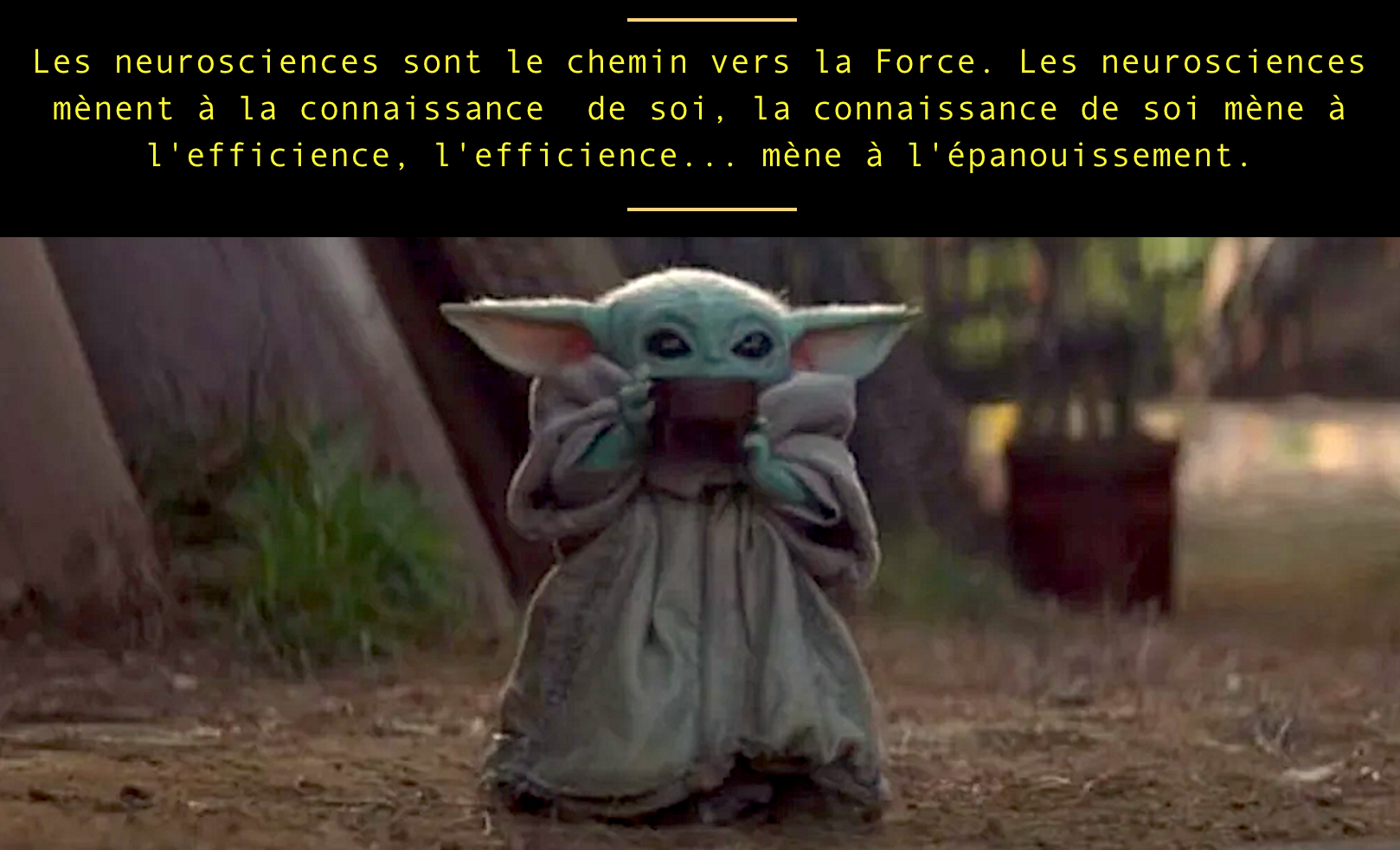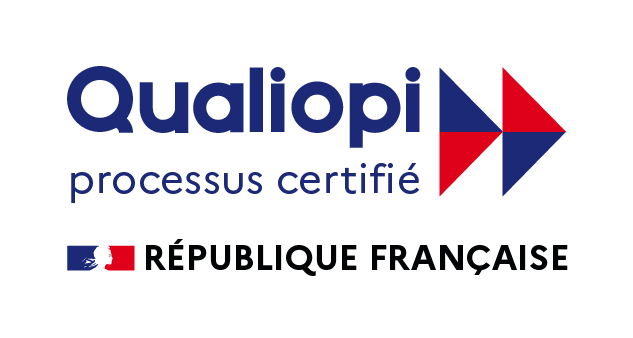Playback time 5 min
According to the experts at Gartner, neuroscience and neurotechnology in particular will not be democratized for at least another decade. Right. We’re going to try and speed things up a bit with this article. It would be too bad to lose 10 years.
NEURO WHAT?
To clear the way, let’s review what neuroscience is all about. Here, we’re talking mainly about so-called cognitive neuroscience, i.e. the science that identifies the brain processes behind our mental capacities: perception, motor skills, language, memory, reasoning, emotions, etc.
Cognitive neuroscience is based on three fundamental concepts:
- Neuroplasticity (the brain’s ability to remodel its connections in response to environment, experience and training),
- The social brain (man’s ability to communicate and connect with others),
- Mirror neurons (which affect emotions, promote empathy and facilitate learning by imitation).
Thanks to these fundamental concepts, neuroscience sheds light on how motivation, concentration, emotional reactions, the ability to change, decision-making, negotiation skills, etc. work.
WE’VE CREATED A WORKPLACE THAT’S THE OPPOSITE OF THE WAY OUR BRAINS WORK
For hundreds of years, human beings have been creating a world of work with their own hands, a world that is not adapted to the way they work. We’ve created companies that use processes and requirements whose hallmark is to demotivate people. See the mistake. Applying neuroscience to the business world would mean adapting work to brain function, and not the other way round. The human brain works in this way, so let’s adapt our working methods to it.
Adapting the way we work to what neuroscience tells us works on three levels:
- On an individual level: for greater fulfillment, efficiency and commitment
- At team level: team-building, team cohesion and overall effectiveness
- At company level: internal reorganization, adaptation of processes, strategic alignment, to improve performance and competitiveness.
WHY BRING NEUROSCIENCE INTO YOUR WORK
As an individual :
- You will learn how to manage moments of intense stress by identifying your own stress management techniques and developing the most appropriate ones.
- You learn to master your concentration and resistance to distractions
- Develop positive emotions and sensitivity to positive events
- Learn to identify, manage and regulate your emotions in order to cope with episodes of stress and pressure.
- You learn about the brain’s decision-making process. By understanding this, you can make the right decisions.
A plus if you’re also a manager/leader/executive
By embracing neuroscience, leaders can optimize their management and leadership skills. How?
- By preparing your brain like a high-level cerebral athlete (to use Erwan Devèze’s metaphor), and using neuroscience as a lever to rapidly develop your skills.
- By understanding how employees’ brains work, enabling them to better decipher behaviours and stimulate motivation and commitment.
- By analyzing individual and group resistance to change
HOW NEW TECHNOLOGIES ARE FACILITATING ACCESS TO NEUROSCIENCE
Initially, cognitive neuroscience was a difficult discipline to access, due to the tools required to assess it. However, recent technologies have democratized tools such as EEG (electroencephalograph), imaging, etc., making them lighter and simpler.
We refer to neurotech or braintech as technologies based on fundamental neuroscience research. Their aim is to democratize the use of neuroscience at both individual and corporate level. They facilitate access to knowledge about oneself, one’s skills and resources, and thereby learning and developing one’s abilities.
That’s what we’re doing at Open mind Neurotechnologies, but it’s also the case with our colleagues Dreem and Melomind, for example. Dreem is the creator of a headband capable of studying our brain’s behavior while we sleep. The aim is to leave users better rested and with enhanced capabilities. As for Melomind, they have created an EEG headset that measures the brain activity of its user, and then plays the right music to suit his or her state of mind, thus promoting relaxation and reducing stress levels.
Author: Anaïs Roux

